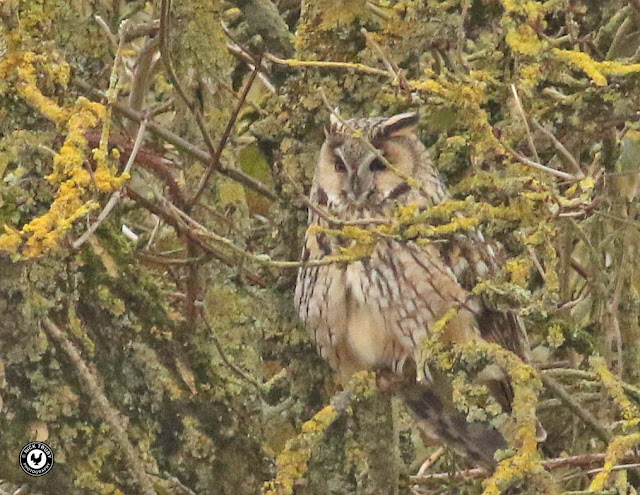I've said it before that I'm fortunate in sometimes having work in some fantastic houses around the county. Many of these houses are remote and often have huge gardens and grounds with a fantastic array of birdlife. One such job that I've been on in North Oxfordshire has a resident pair of barn owls and I've been lucky enough to see them out hunting in the early mornings before starting for the day. In fact they've ensured that I've made a late start more than once recently! I first made acquaintance with the barn owls earlier this year and details are contained here in a previous blog; Owling about at work! 17-21 January 2018 Then we had snow and conditions weren't conducive to good photography. Recently the weather has been much better so I've been able to get much improved images.
So rather than waffle on like I normally do, this time I'm just going to share my favourite photos from the past few weeks. I hope you enjoy them as much as I do.
































































